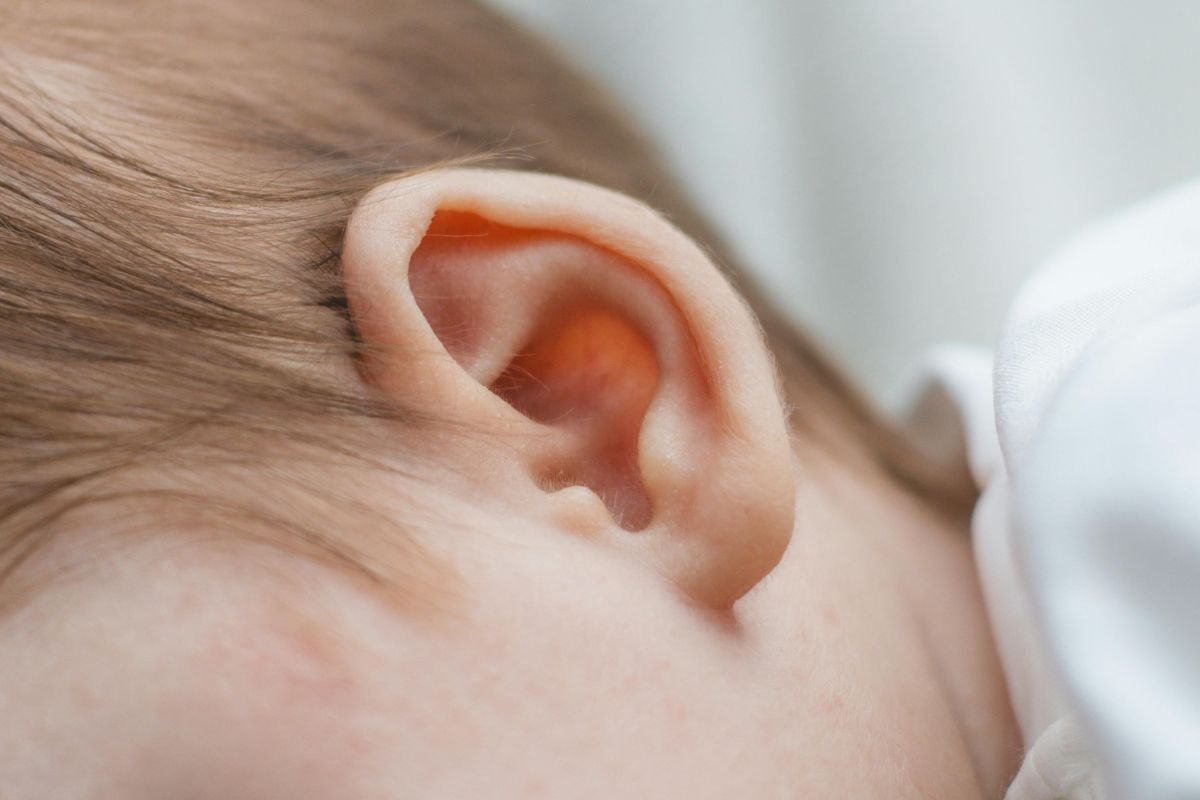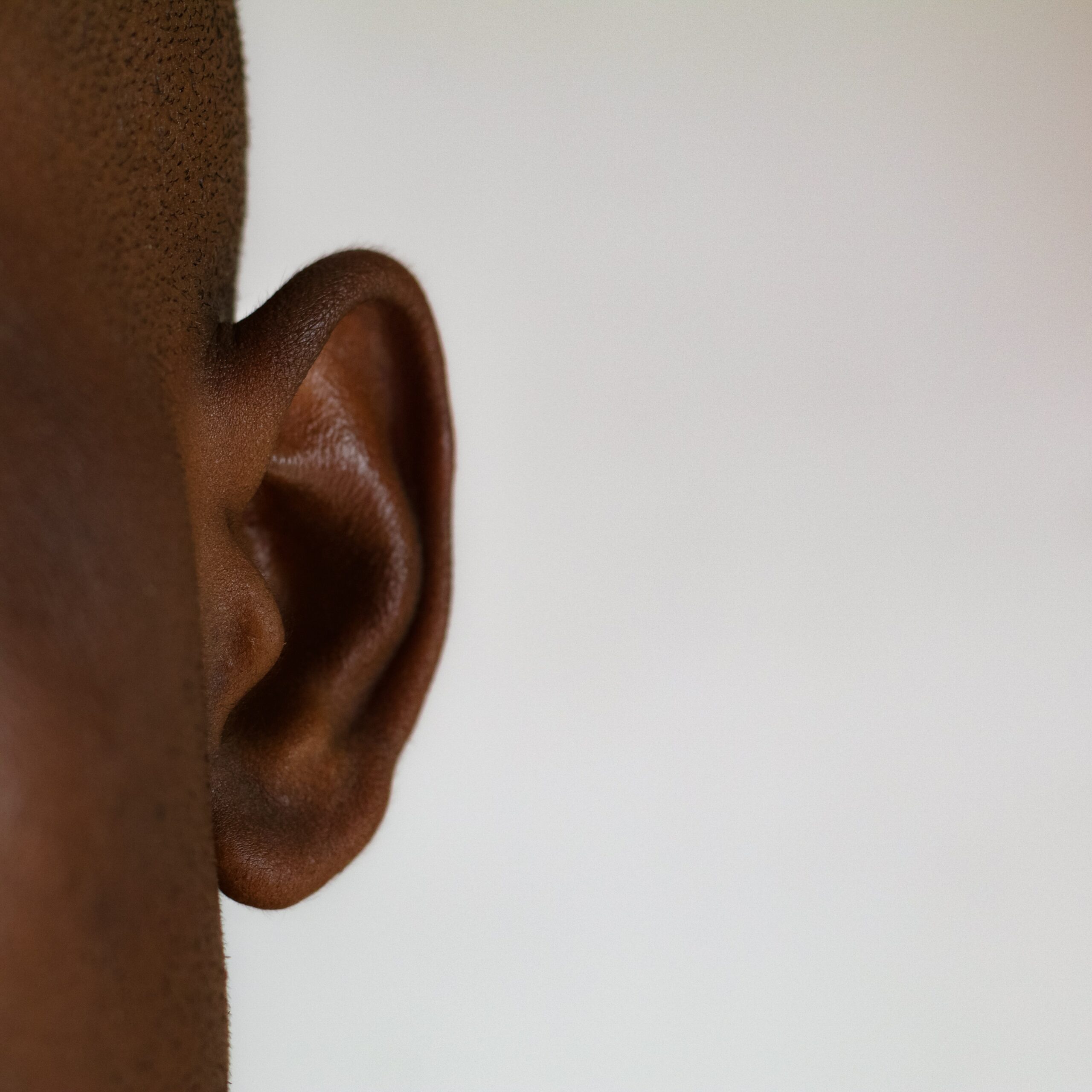How to Safely Clean Your Child’s Ears
Keeping young children’s and babies’ ears clean and clear is a vital part of their care. Their little ears are highly sensitive organs, but they go through a lot in a day, whether it’s dust, dirt, playdough or even food that gets where it shouldn’t. During their daily washing routine, clean your baby’s or toddler’s ears safely and gently.

Baby Earwax: Is it normal?
Everyone’s ears produce earwax as a healthy and normal function. Earwax, or cerumen, is created by glands in the ear canal to trap and remove dirt, dust and germs. It is part of the ear’s self-cleaning mechanism and also works to repel water.1
While we tend to think of babies as brand new, seeing any amount of earwax in their ears is normal and healthy. The wax should become drier as it moves out of the ear canal and falls out of the outer ear on its own.
Children’s and baby’s earwax can be brown, yellow or black, and it may be sticky and moist or dry and flaky, with no smell.2
Cleaning Baby’s Ears: an NHS Practitioner’s Advice
by Hilary Harkin, Acute Advanced Clinical Nurse Practitioner at The Hearing Implant Centre
“10% of kids aged 0-43 tend to suffer with a build-up of wax in one or both ears. Parents are often tempted to clean the baby’s ears when they see wax at the entrance to the ear canal.
However, research tells us that fiddling and cleaning inside the ear canal encourages the ear to produce more wax. This can lead to wax building up and blocking the ear canal. This can reduce the baby or child’s hearing, which quickly becomes a cause for concern.
If your child appears to be producing a lot of wax then just wipe the entrance of the ear with a soft tissue after a bath or shower. Do not insert anything into the ear canal to clean it. It is a good sign if the ear canal is naturally managing the wax and it is coming out of the entrance of the canal where it can be seen and wiped away.
If your baby or child is producing a lot of wax, or they suffer with a dry skin condition such as eczema, they may benefit from one occasional spray of Baby Earol® in both ears.
Baby Earol® can be used to help the ear canal naturally manage the wax. One spray of Baby Earol® in both ears once a fortnight can lubricate the wax and encourage its movement out to the entrance of the ear canal, where it can be removed with a soft tissue.”
How to Clean Baby’s Ears
Just as when you wash their face, the safest way to clean a baby’s ears is with clean water. This is best done after bathing, as the wax will already be slightly soft. Lie young babies on a towel on their changing mat to clean their ears.
- Moisten a soft tissue, cotton ball or cloth with clean warm water. Soap can be irritating to sensitive baby skin, so water is enough.
If you use a flannel, squeeze excess water out to avoid getting water in the ears.
- Wipe gently around the outer ear and behind the ear to remove wax or dirt. Do not try to clean inside the ear canal.
- Gently pat the ears dry with a soft towel.4
Are cotton swabs safe for my child’s ears?
Cotton swabs are not recommended for cleaning anybody’s ears. The danger of cotton swabs is that they may push wax further into the ear, leading to ear wax build-up that can be painful and affect hearing.5
Clinical advice is to never put anything smaller than your elbow into your own or your child’s ear. This is because healthy ear wax will come out of the ear by itself.6

Is it safe to clean my child’s ears at home?
It is safe to clean the outside of children’s ears, but the inside of the ear canal can clean itself. If there is impacted or built-up earwax in the ear canal, seek medical advice. Your doctor may recommend a mild olive oil ear spray for children’s ears, to loosen and break up the impacted wax. They may also ask you to make an appointment for ear wax cleaning in clinic so that they can remove the ear wax blockage safely.7
What is Baby Earol®?
Baby Earol® is a new olive oil ear spray for infants from Earol® clinically proven to help clear ear wax blockages in children and babies older than six months old. It delivers a blend of pharmaceutical-grade olive oil and mineral oil into the ear to loosen and break up ear wax blockages and to help prevent future build-ups.
Read more about Baby Earol here
Healthy Ears and Happy Babies
Cleaning a baby’s ears is an important part of their daily routine, like washing any other part of their body. All children have earwax, and there is no normal amount as long as the ear canal remains clear and open. You don’t need to remove the layer of wax inside the ear canal, as this protects the ear from water, debris and bacteria. Instead, simply clean the outside of your baby’s ear with warm water.
About Hilary Harkin
Hilary Harkin currently works for the NHS at Guys and St. Thomas Hospital, London as an Acute Advanced Clinical Nurse Practitioner, in the Hearing Implant Centre.
Hilary regularly carries out wax removal procedures on adults and children, using Earol in the clinic during most procedures, to prepare the ear canals prior to wax removal. She has also contributed to many industry publications and worked with Earol to aid the development of new products.
References
1 Keller, 2007; Rakel, 2016; Chin, 2022
2 Logan-Banks, P. ed. by Pahl, K. ‘Earwax: what’s healthy and what’s not?’ 2018 in Baby Centre https://www.babycentre.co.uk/a557533/earwax-whats-healthy-and-whats-not
3 Schwarz, 2017; Guest, 2004
4 NHS, Washing and bathing your baby, 2021 15 Sep. at https://www.nhs.uk/baby/caring-for-a-newborn/washing-and-bathing-your-baby/
5 Earwax build-up, NHS inform [Internet] 23 March 23, accessed 24 May 23 at https://www.nhsinform.scot/illnesses-and-conditions/ears-nose-and-throat/earwax-build-up
6 Dean L. ‘Don’t put anything smaller than your elbow in your ear: the genetics of ear wax.’ 2006 Oct 11. In: Dean L, McEntyre J, editors. Coffee Break: Tutorials for NCBI Tools [Internet]. Bethesda (MD): National Center for Biotechnology Information (US); 1999-. Available from: https://www.ncbi.nlm.nih.gov/books/NBK2333/
7 NHS, Earwax Build-Up, accessed 24 May 23 at https://www.nhs.uk/conditions/earwax-build-up/





